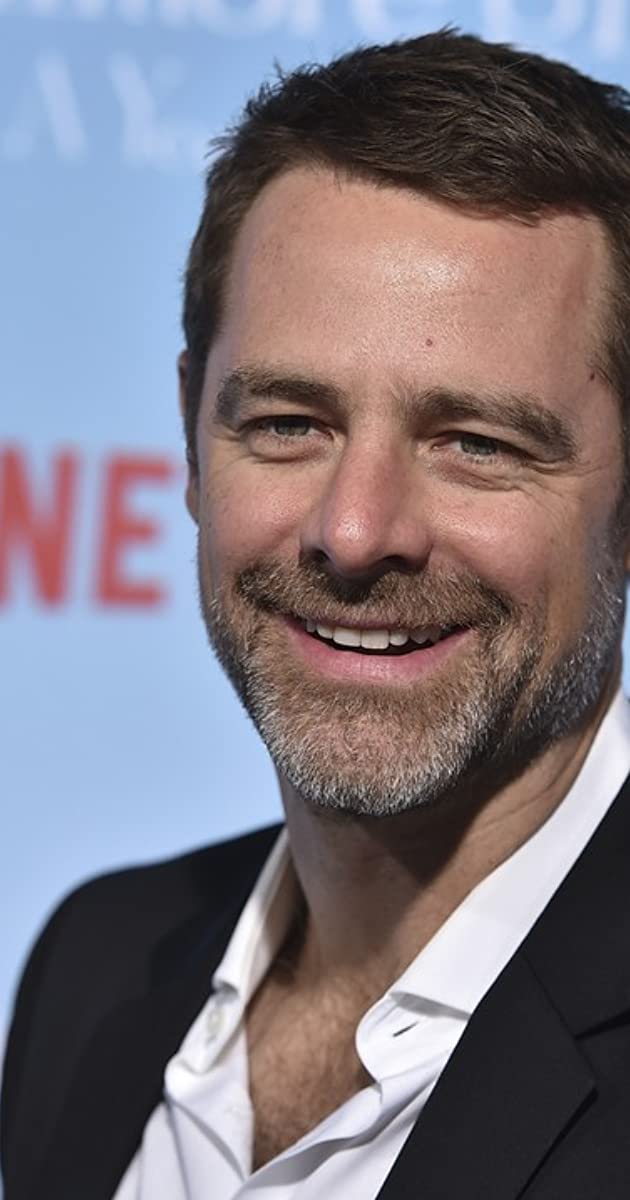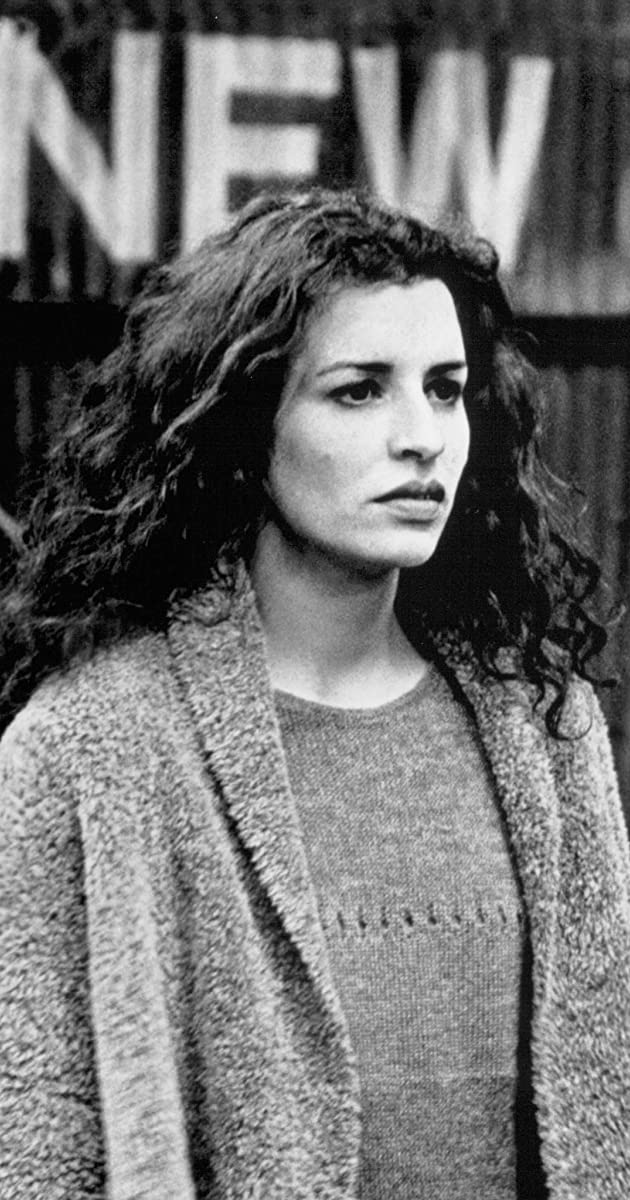
Henry Selick is a film director, specializing in films with stop-motion animation. He has formal training as an animator.
Selick was born in Glen Ridge, New Jersey, son of Charles H. Selick and Melanie Molan. He was mostly raised Rumson, New Jersey. As a child, Selick took up drawing as a hobby. He became fascinated with animation at a young age, after viewing two specific films. One was the silhouette animation feature film “The Adventures of Prince Achmed” (1926) by Lotte Reiniger. It was one of the earliest animated feature films (the first had been released in 1917), the first produced in Europe, and the earliest one that has been preserved. The other film was the live-action film “The 7th Voyage of Sinbad” (1958), which featured stop-motion animation by Ray Harryhausen.
Selick started his college studies at Rutgers University in New Jersey, where he studied science. He next studied art in Syracuse University, arts and design in the Central Saint Martins College of Arts and Design, and animation at the California Institute of the Arts. Two of his student films won so-called “Student Academy Awards”, awards by the Academy of Motion Picture Arts and Sciences for promising student films.
In the 1970s, after completing his college studies, Selick was hired by Walt Disney Productions, (the animation studio of the Disney corporation). He started his career there as an in-betweener, generating intermediate images for key frames in animated works. This is typically a low-level position at the animation department and the work goes uncredited.
At Disney, he started working as an animator trainee, one of several trainees under an aging crew of directors and supervisors. His first (uncredited) high-profile works was as part of the animation crew in the feature film “Pete’s Dragon” (1977) and the featurette “The Small One” (1978). Among his associates at the time were other animator trainees, such as Don Bluth and Gary Goldman. The man mainly responsible for their training was veteran animator Eric Larson (1905-1988), one of “Disney’s Nine Old Men” (an old guard of senior animators and directors that had long careers with the studio).
The young animators of the studio, Selick among them, completed a single film, the drama film “The Fox and the Hound” (1981). Then many of them left the studio to pursue careers elsewhere. Selick spend most of the 1980s as a freelancer. He directed animation for television commercials, for products such as the Pillsbury Doughboy, and Ritz Crackers. He also worked as a sequence director or storyboard artist for a number of films, such as “Twice Upon a Time” (1983), “Return to Oz” (1985), “Nutcracker: The Motion Picture” (1986). His television work also included some animation work for a television channel called “MTV”.
Selick’s big break in the animation world came when he was approached by an old acquaintance, director Tim Burton. Burton was producing a stop-motion animation feature film for Disney, but did not have the time to direct it himself, and needed someone to direct and to supervise the developing process. Selick was hired as the director for “The Nightmare Before Christmas” (1993), the first full-length, stop-motion feature from a major American studio.
“Nightmare” was a relatively low-budget film, but became a minor box office hit, earning about 76 million dollars at the worldwide box office. It also earned critical acclaim, particularly praise for then-revolutionary visual effects. It earned a number of awards and nominations, including a Saturn Award for Best Fantasy Film and an Annie Award. It was no surprise that Selick would be asked to direct again.
His next film was the novel adaptation “James and the Giant Peach” (1996), based on a work by Roald Dahl. The film combined live-action with stop-motion animation. It was another critical success, but a box office flop. It was overshadowed in the Annie Awards (for animation) by two competitors: “Toy Story” (1995) and “The Hunchback of Notre Dame” (1996).
Selick attempted a comeback with a comic book adaptation. He secured the rights to the graphic novel “Dark Town” (1995) by Kaja Blackley. The story was about a comatose cartoonist whose soul ends up in a limbo-like realm called “Dark Town”. The original story ended in a cliff-hanger and never received a sequel. Selick and his crew further fleshed out the limbo realm, added new characters, and developed an original ending. The result was the dark fantasy film “Monkeybone” (2001). An ambitious, big-budget film, it turned out to be a box office bomb. It earned about 7.5 million dollars at the worldwide box office, much less than the film’s budget.
Selick’s next project was developing stop-motion visual effects the live-action film “The Life Aquatic with Steve Zissou” (2004), directed by Wes Anderson. The film was an ambitious comedy-drama film, loosely inspired by the life of oceanographer Jacques Cousteau (1910-1997). It under-performed at the box office, and received moderate critical acclaim. The film and its cast were nominated for a number of awards, but failed to win any major awards.
In 2004, Selick was hired as a supervising director by Will Vinton Studios, a minor animation studio that focused on stop-motion animation. In 2005, Will Vinton Studios was replaced by a new studio called “Laika”. Selick retained his position. For Laika, Selick developed and directed his first computer-animated short film: “Moongirl” (2005). The premise is that a young boy is transported to the Moon, where he helps a Moongirl repair the Moon.
“Moongirl” turned out to be a critically acclaimed short film and won a number of awards, including an award by the Ottawa International Film Festival. Selick was next hired to write a children’s book based on the film, which was released in 2006.
Laika next started work on its first feature film, an adaptation of a novel by Neil Gaiman. Selick was assigned as the director of the film. Selick was reportedly necessary for the company to secure the rights to the novel, because Gaiman happened to be a fan of “The Nightmare Before Christmas” and trusted him to adapt his work for film. The film was dark fantasy “Coraline” (2009). It earned about 125 million dollars at the worldwide box office, becoming the most commercially successful film in Selick’s career.
“Coraline” was critically acclaimed winning or receiving nominations for several major awards. It even received a nomination for the Academy Award for Best Animated Feature, though it lost to “Up” (2009) by Pete Docter. It served as a comeback for Selick. Selick left Laika shortly after the release of the film.
In 2010, Selick signed a long-term contract with Disney, where he was supposed to create new stop-motion animation films to be released by the company. He formed a new studio called “Cinderbiter Productions” to produce the films. He worked for a number of years on a project called called “ShadeMaker”, but this has been in development hell since 2013. Selick is reportedly working on several other projects, but has not released a new feature film following “Coraline”.


